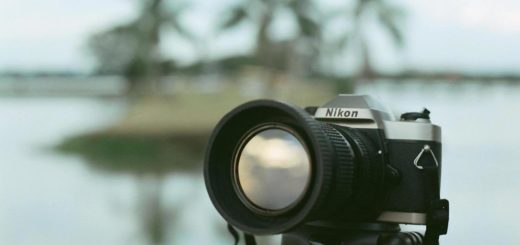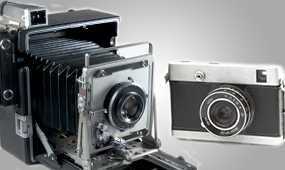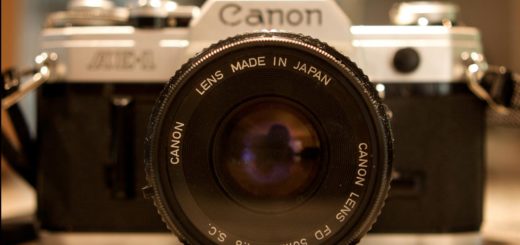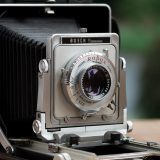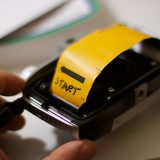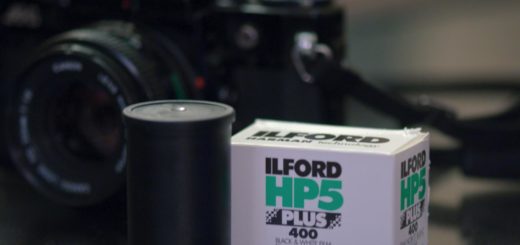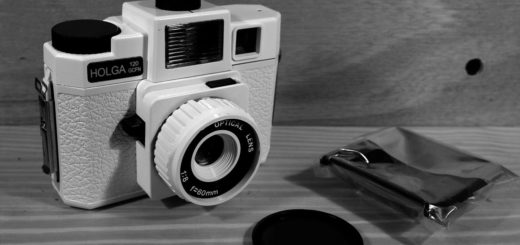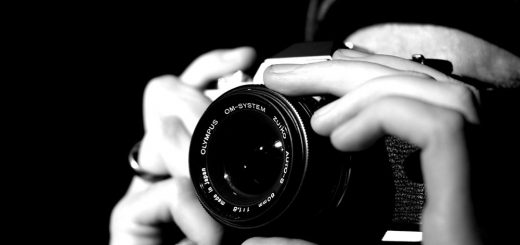Single-Lens Reflex Cameras
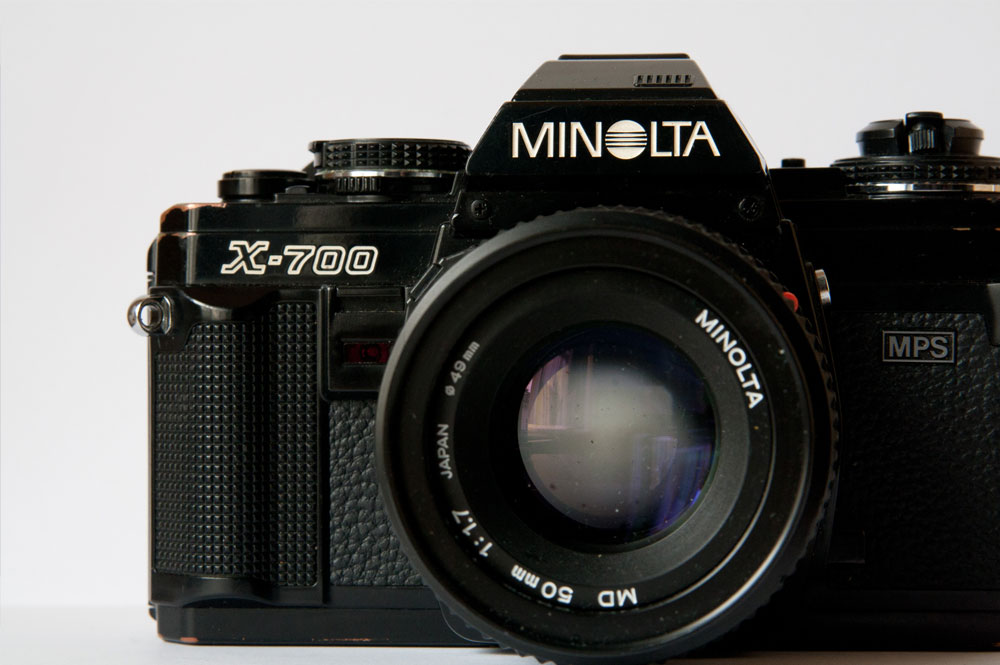
Photo by Thomas Prenner. CC BY 2.0
The single-lens reflex (SLR) camera is one of the simplest cameras to use and offers an extreme flexibility for advanced users or beginners to photography. Single-lens reflex derives from a camera that uses a mirror system built in the camera that permits the user to see exactly what will be captured by the film or digital system. This is of great significance because most other camera systems (without digital backs) do not permit you to view exactly what will be captured. As such, these other systems may reveal a different image other than the one you attempted to capture if you don’t compensate correctly.
Advantages and Use of an SLR Camera
In the SLR camera system, a mirror sits behind the camera lens at a 45-degree angle with the film or digital input resting behind the mirror, blocked from light. The mirror bounces the image through the camera lens and out the viewfinder for the photographer to see the image. Once the shutter is released, that mirror flips up for the duration of time the shutter speed was set and flips down when completed. While the mirror is flipped up, the film behind it is exposed for the duration of time.
SLR cameras also have the unique feature of truly interchangeable lenses. Because the mirror inside the camera hides film from light, you can change lenses even when a roll of film is in the back of the camera. Most SLR cameras also have built-in light meters to measure light for a good exposure, eliminating the need for additional handheld light meters.
The SLR camera system is commonly seen in 35mm cameras using 35mm film, but is also available in medium format cameras. The medium format SLR is generally much more expensive and heavier than the 35mm counterpart but is preferred by many professionals because of the larger film size.
Cons to the SLR Camera
The major con to an SLR camera is that once the mirror flips up to expose the film, the photographer’s view is blocked. While this only occurs for a split second, the photographer is never able to see the precise moment the photo is taken. This could come into play for portrait photography or motion photography, among other techniques. A model or subject may move slightly or blink while the image is taken, resulting in a blurry image that you won’t see until the film is developed. For motion photography, this makes it a little more difficult when using the panning-panning technique to follow the moving subject.
Whether you’re a professional or beginner to photography, the single-lens reflex camera should be your first camera type. After mastering various photography techniques you can move onto other systems that challenge the way you think about your shots.
